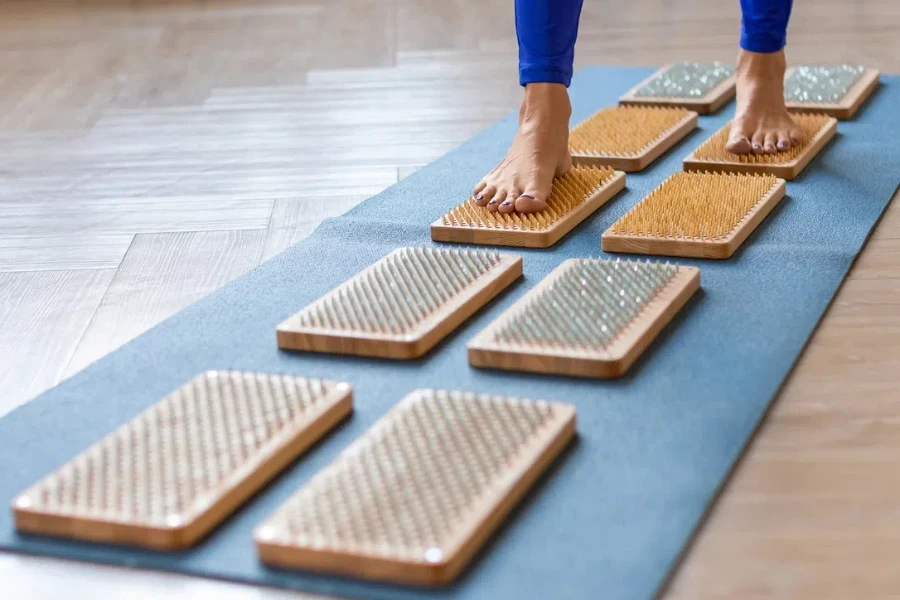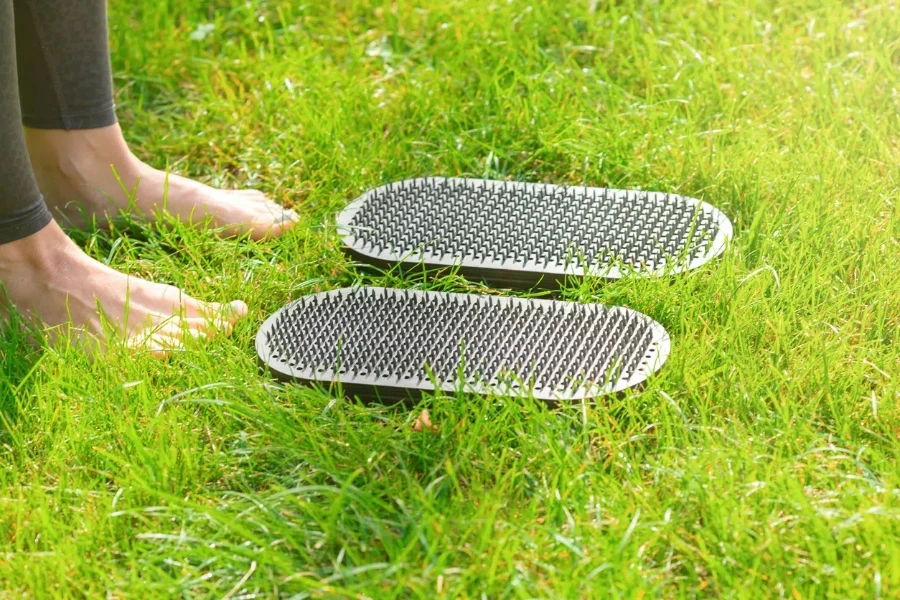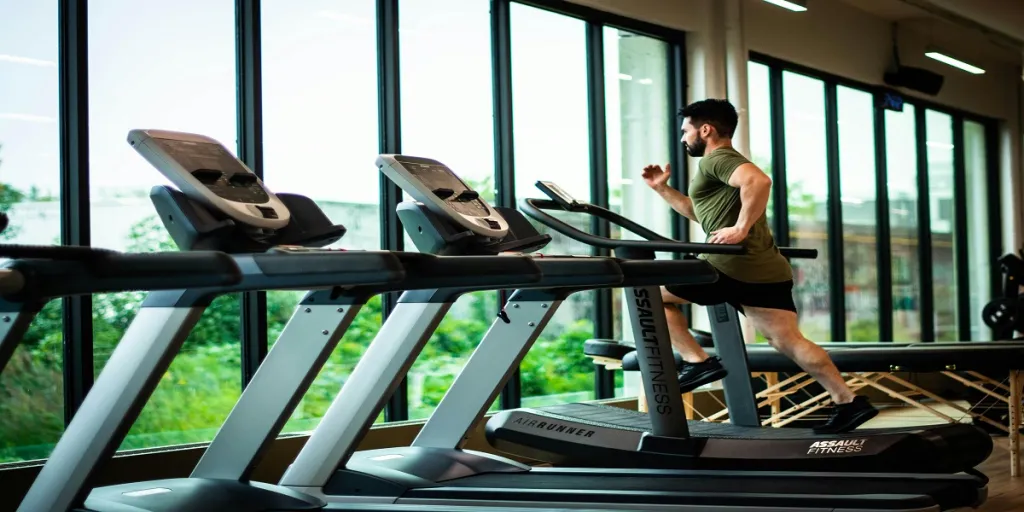Sadhu boards, a traditional wellness tool, have seen a resurgence in popularity in recent years. These boards, used for meditation and physical therapy, are gaining traction in various markets worldwide. This article delves into the market trends, key players, and regional influences driving the growth of Sadhu boards.
Table of Contents:
– Market Overview
– Design and Materials: Crafting the Perfect Sadhu Board
– Functionality and Features: Enhancing the User Experience
– Seasonality and Market Demand
– Conclusion
Market Overview

Growing Popularity of Sadhu Boards
The wellness industry has seen a significant shift towards holistic and traditional practices, with Sadhu boards emerging as a popular choice. According to WGSN, the global wellness market is projected to reach $6 trillion by 2025, with a growing segment dedicated to traditional wellness tools like Sadhu boards. This surge in interest is driven by a combination of increased awareness of mental health, the benefits of meditation, and the desire for unique wellness experiences.
The rise of social media influencers and wellness advocates has also played a crucial role in popularizing Sadhu boards. Platforms like Instagram and TikTok are flooded with content showcasing the benefits and uses of these boards, further driving consumer interest. Additionally, the COVID-19 pandemic has accelerated the adoption of home wellness practices, with many individuals seeking ways to enhance their mental and physical well-being from the comfort of their homes.
Key Market Players and Innovations
Several key players are leading the charge in the Sadhu board market, each bringing unique innovations to the table. Brands like Bodhi Tree, Pranamat, and Shakti Mat have established themselves as frontrunners, offering a range of products that cater to different consumer needs. These companies are not only focusing on the traditional aspects of Sadhu boards but are also incorporating modern design elements and materials to enhance user experience.
For instance, Bodhi Tree has introduced eco-friendly Sadhu boards made from sustainable materials like bamboo and natural rubber. Pranamat, on the other hand, has integrated acupressure technology into their boards, providing users with additional therapeutic benefits. Shakti Mat has taken customization to the next level, offering personalized Sadhu boards that allow users to choose their preferred design, color, and material.
Innovation in the Sadhu board market is not limited to product design. Companies are also exploring new ways to engage with their customers through digital platforms. Virtual wellness workshops, online meditation sessions, and interactive tutorials are becoming increasingly popular, providing users with comprehensive guidance on how to use Sadhu boards effectively.
Regional Trends and Cultural Influences
The popularity of Sadhu boards varies significantly across different regions, influenced by cultural practices and local wellness trends. In Asia, particularly in countries like India and China, Sadhu boards have deep-rooted cultural significance. These boards are often used in traditional healing practices and are considered an integral part of holistic wellness routines.
In Europe and North America, the adoption of Sadhu boards is driven by the growing interest in alternative wellness practices. According to a report by Research and Markets, the wellness market in these regions is expected to grow at a CAGR of 6.5% from 2021 to 2026. This growth is attributed to the increasing awareness of mental health, the rise of wellness tourism, and the influence of social media.
Cultural influences also play a crucial role in shaping consumer preferences. For example, in India, Sadhu boards are often associated with spiritual practices and are used in conjunction with yoga and meditation. In contrast, in Western countries, these boards are marketed as a tool for physical therapy and stress relief. Brands are leveraging these cultural nuances to tailor their marketing strategies and product offerings to resonate with local consumers.
Design and Materials: Crafting the Perfect Sadhu Board

Traditional vs. Modern Designs
The design of Sadhu boards has evolved significantly over the years, blending traditional craftsmanship with modern innovations. Traditional Sadhu boards are typically made from wood, featuring a simple, flat surface with a series of evenly spaced nails or spikes. These boards are designed to provide a challenging yet rewarding experience for practitioners, promoting balance, focus, and mental clarity.
In contrast, modern Sadhu boards incorporate advanced materials and ergonomic designs to enhance user comfort and durability. For instance, some contemporary boards feature adjustable spike heights, allowing users to customize the intensity of their practice. Additionally, modern designs often include non-slip surfaces and ergonomic contours to provide better support and stability.
High-Quality Materials for Durability and Comfort
The choice of materials plays a crucial role in the performance and longevity of Sadhu boards. High-quality wood, such as oak or bamboo, is commonly used for the base of the board due to its strength and natural aesthetic appeal. These materials are not only durable but also provide a stable platform for users to practice on.
In addition to wood, modern Sadhu boards may incorporate other materials to enhance their functionality. For example, some boards feature metal spikes made from stainless steel or titanium, which are resistant to rust and wear. The use of high-quality materials ensures that the board can withstand regular use and maintain its performance over time.
Customization Options for Unique Preferences
One of the key advantages of modern Sadhu boards is the ability to customize them according to individual preferences. Customization options can include adjustable spike heights, different spike patterns, and various surface textures. These features allow users to tailor their practice to their specific needs and goals, whether they are beginners or advanced practitioners.
Moreover, some manufacturers offer personalized designs, allowing users to choose the color, finish, and even engrave their names or motivational quotes on the board. This level of customization not only enhances the user experience but also makes the Sadhu board a unique and personal tool for self-improvement.
Functionality and Features: Enhancing the User Experience

Technological Advancements in Sadhu Boards
Technological advancements have significantly improved the functionality of Sadhu boards, making them more accessible and user-friendly. For instance, some modern boards are equipped with digital displays that provide real-time feedback on the user’s performance, such as balance and pressure distribution. This data can help users track their progress and make necessary adjustments to their practice.
Additionally, some boards feature integrated sensors that can connect to mobile apps, allowing users to monitor their practice remotely and receive personalized coaching tips. These technological innovations not only enhance the user experience but also make Sadhu boards a valuable tool for fitness enthusiasts and athletes.
Safety Features for Optimal Use
Safety is a paramount concern when using Sadhu boards, especially for beginners. Modern boards are designed with several safety features to ensure a secure and comfortable practice. For example, non-slip surfaces and ergonomic contours provide better grip and support, reducing the risk of slipping or falling.
Furthermore, some boards come with adjustable spike heights, allowing users to start with a lower intensity and gradually increase the difficulty as they become more comfortable. This feature is particularly beneficial for beginners, as it helps them build confidence and avoid injury. According to the Best Stand Up Paddle Boards of 2024, similar safety considerations are applied in the design of paddle boards, where features like non-slip surfaces and adjustable components enhance user safety and comfort.
Versatility and Multi-Functional Uses
Sadhu boards are not limited to traditional balance and focus exercises. Their versatility makes them suitable for a wide range of activities, including yoga, meditation, and strength training. For instance, some boards are designed with additional features such as resistance bands or detachable handles, allowing users to incorporate various exercises into their practice.
Moreover, the portability of modern Sadhu boards makes them ideal for use at home, in the gym, or even outdoors. This versatility ensures that users can enjoy the benefits of Sadhu board practice in different settings and incorporate it into their daily routines.
Seasonality and Market Demand

Seasonal Trends and Sales Peaks
The demand for Sadhu boards can vary throughout the year, influenced by seasonal trends and consumer behavior. For example, sales may peak during the holiday season, as people look for unique and meaningful gifts for their loved ones. Additionally, the start of the new year often sees an increase in demand, as individuals set new fitness and wellness goals.
Similar seasonal trends are observed in the paddle board market, where sales peak during the summer months when outdoor activities are more popular. Understanding these trends can help manufacturers and retailers optimize their marketing strategies and inventory management.
Adapting to Market Needs Throughout the Year
To meet the changing demands of the market, manufacturers and retailers must be proactive in adapting their product offerings and marketing strategies. This can include introducing new designs and features, offering seasonal promotions, and leveraging social media and online platforms to reach a wider audience.
For instance, during the winter months, manufacturers can promote the use of Sadhu boards for indoor activities such as yoga and meditation, highlighting their benefits for mental and physical well-being. By staying attuned to market needs and trends, businesses can ensure sustained growth and customer satisfaction throughout the year.
Conclusion
The evolution of Sadhu boards from traditional designs to modern, technologically advanced tools reflects the growing interest in holistic wellness and self-improvement. By incorporating high-quality materials, customizable features, and advanced technology, modern Sadhu boards offer a versatile and user-friendly experience that caters to a wide range of preferences and needs. As the market continues to evolve, manufacturers and retailers must stay attuned to seasonal trends and consumer demands to ensure sustained growth and innovation. Looking ahead, the future of Sadhu boards promises even greater advancements and opportunities for enhancing physical and mental well-being.




